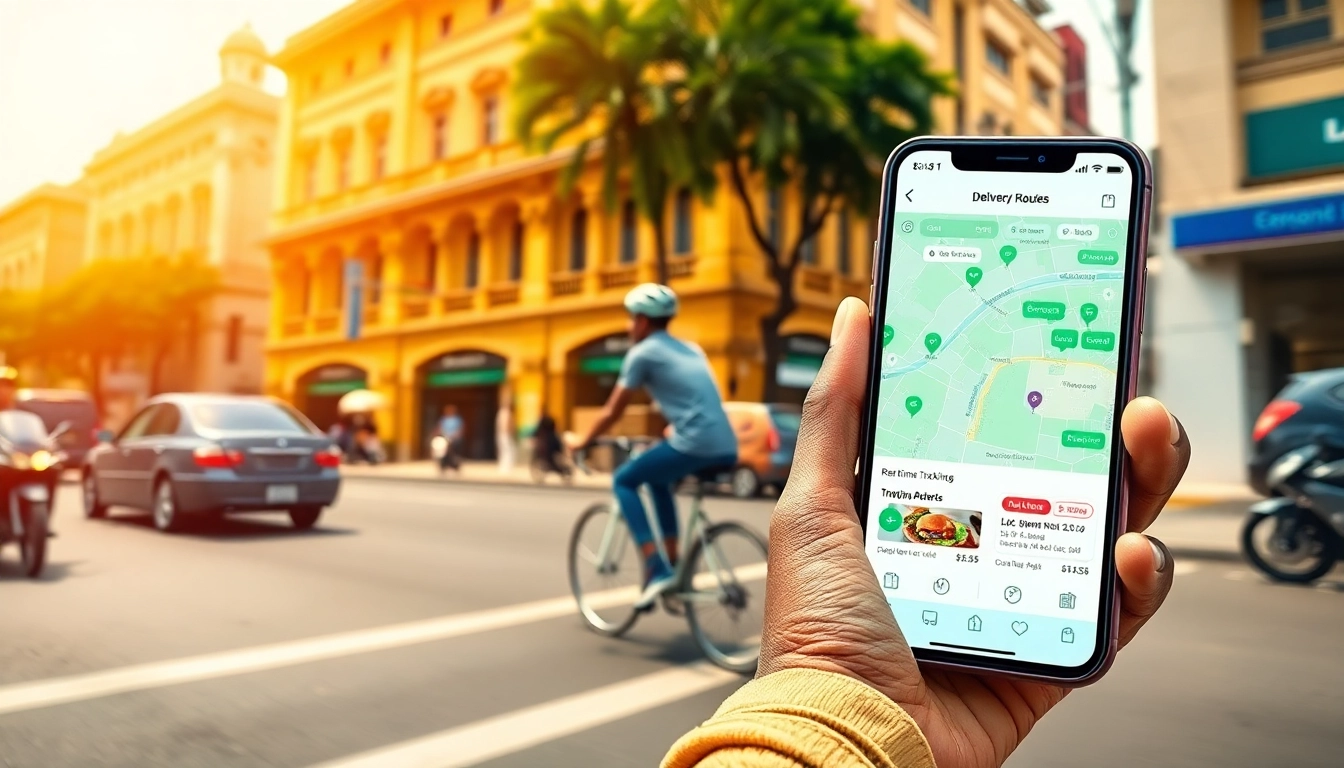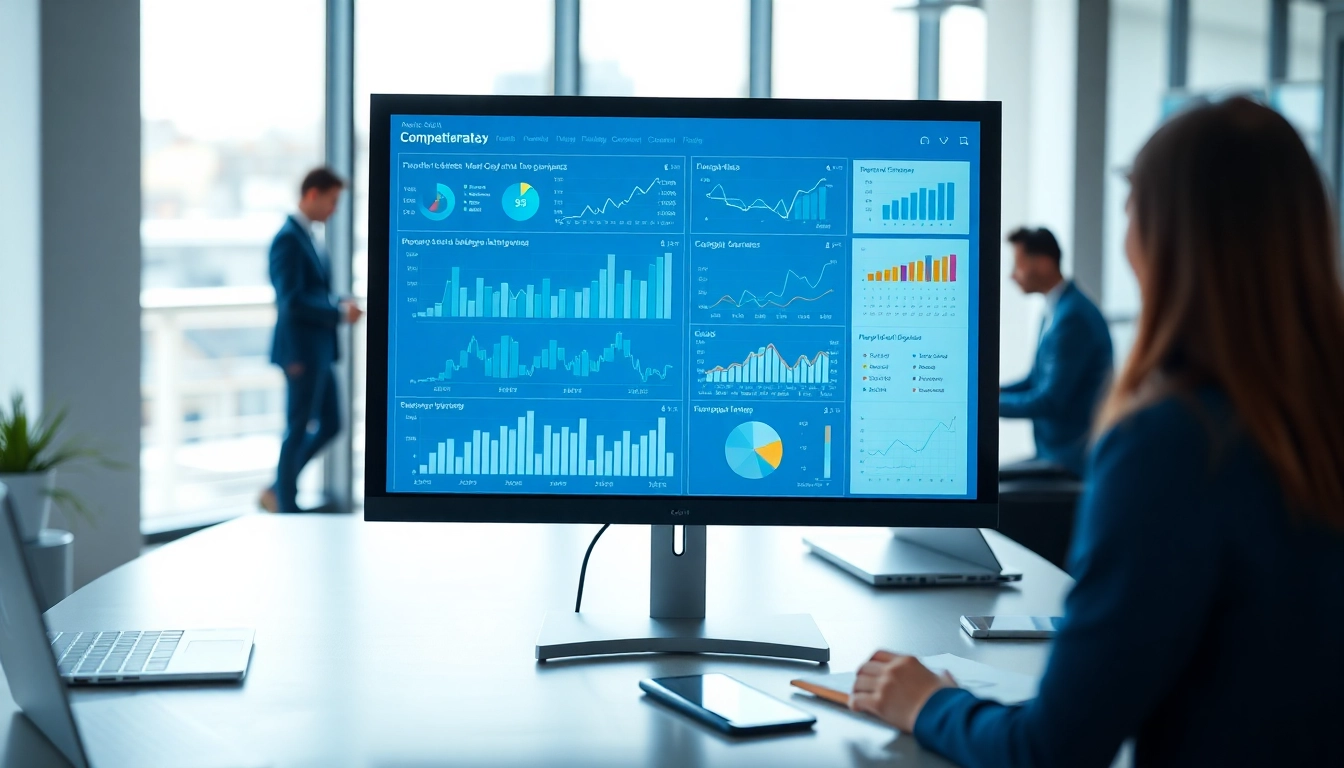Understanding the Growth of Delivery Apps in Lagos
The landscape of urban convenience has transformed dramatically in recent years, particularly with the rise of delivery apps in Lagos. As consumers seek more convenient and efficient ways to obtain goods and services, the demand for delivery apps has surged, catalyzing a new form of commerce in one of Africa’s most populous cities. Increased smartphone penetration, combined with a burgeoning middle class and a shift in consumer behavior, has laid the groundwork for the rapid proliferation of these applications.
1. The Demand Surge for Delivery Services
The onset of the COVID-19 pandemic exacerbated an already growing trend towards e-commerce and delivery services. With lockdowns and social distancing measures in place, Lagos residents turned to delivery apps for groceries, meals, pharmacy products, and even laundry services. Reports indicate that this shift has led to an estimated 50% increase in the usage of delivery services across Lagos within just a year. This surge demonstrates not only a dramatic change in how Lagosians shop but also signals a deeper cultural shift towards reliance on digital solutions for daily needs.
2. Popular Features in Lagos Delivery Apps
As various delivery apps compete for attention in a saturated market, many have started to include a range of features that enhance user experience and ensure convenience. Key popular features include:
- Real-time Tracking: Users can track their orders from dispatch to delivery in real-time, providing peace of mind and transparency.
- Multiple Payment Options: Apps that integrate various payment methods—from credit card options to mobile money—increases accessibility for a broader audience.
- Multiple Categories: Many apps offer a wide variety of categories beyond food, including groceries, medicines, and household goods.
- In-app Customer Support: Accessible and user-friendly customer service within the app can significantly enhance user experience and loyalty.
- Promotions and Discounts: Regular promotions incentivize users to order more frequently, ensuring consistent usage and improved customer retention.
3. Challenges Facing Delivery Services
Despite the growth opportunities, several challenges hinder the efficiency and expansion of delivery apps in Lagos. Key issues include:
- Logistical Constraints: Navigating the congested streets of Lagos can pose significant challenges, leading to delays and efficiency loss.
- High Operational Costs: The varying costs of fuel and maintenance for delivery vehicles can reduce profit margins significantly.
- Customer Service Issues: Inadequate customer support can lead to dissatisfaction, hurting the reputation of delivery services.
- Safety and Security: Issues related to the safety of delivery personnel and the security of transactions can deter potential users.
- Market Saturation: With numerous apps available, distinguishing unique selling propositions can be difficult for new entrants.
Top Delivery Apps Servicing Lagos: An Overview
Now that we understand the landscape and challenges, let’s explore the top delivery apps operating in Lagos, their unique features, pricing models, and user experiences. Here’s a comparative overview focusing on the most prominent players in the market.
1. Comparing Features and User Experiences
Several delivery apps dominate the Lagos landscape, each with distinct features that cater to different needs. Platforms like Jumia Food, Glovo, and Uber Eats are among the top contenders, each providing unique user experiences.
Jumia Food is known for its extensive restaurant partnerships, providing users with a wide selection of dining options. Glovo, on the other hand, has built a reputation for its versatile services, allowing users to order not just food but also groceries and more.
Uber Eats leverages its established ride-hailing platform, ensuring reliable delivery services backed by a vast network of drivers. User experiences across these platforms vary, with factors such as speed of service, interface design, and customer support standing out as critical determinants of user satisfaction.
2. Pricing Models of Leading Delivery Apps
Pricing models among delivery apps vary significantly, reflecting diverse business strategies and target demographics. Jumia Food often operates on a commission-based model, where restaurants give a percentage of the sale. Conversely, Glovo employs a delivery fee system, which varies based on distance and demand.
Additionally, promotional offers play a crucial role in pricing. Many apps utilize strategies like ’first order discounts’ or ’refer-a-friend incentives’ to attract and retain customers. Understanding these pricing models can help consumers make informed decisions when selecting a service.
3. User Ratings and Feedback Insights
User ratings and feedback provide invaluable insights into the efficiency and customer satisfaction of various delivery apps. A clear trend emerges; users frequently cite convenience and speed as primary reasons for preferring specific apps. However, complaints about delivery times and customer service quality also surface regularly.
Analyzing app store ratings illustrates that those applications that have invested in customer service improvements and user experience enhancements generally receive higher ratings. For example, a service that recently improved its tracking feature or streamlined its customer service process typically sees an uptick in its user ratings.
How to Choose the Right Delivery App in Lagos
For consumers navigating the multitude of available services, tailoring the selection process to personal needs can ensure a satisfying experience. Below are practical steps to guide users in choosing the right delivery app in Lagos.
1. Assessing Your Delivery Needs
Understand what you primarily need the delivery service for—be it food, groceries, or something else. If you frequently order meals, an app with a broad restaurant selection may serve you best. Alternatively, if you seek diverse products, look for platforms offering multi-category delivery.
Additionally, consider frequency of use. Apps that reward loyal customers through discounts may offer long-term savings for frequent users.
2. Evaluating App Usability and Customer Support
The usability of an app influences how seamless the ordering process is. A user-friendly interface helps minimize confusion and improves overall satisfaction. Look for apps that facilitate easy menu navigation, reliable payment processes, and quick access to customer service for addressing issues.
Reading user feedback on customer support can reveal a lot. Choose apps known for responsive customer support, as this is crucial for resolving any order discrepancies.
3. Safeguarding Your Transactions
Security should be a priority when choosing a delivery app. Ensure the platform utilizes encryption and secure payment gateways to protect user data. Familiarize yourself with the app’s privacy policy to understand how your data will be utilized and secured. Opting for apps with well-reviewed security measures can mitigate risks associated with online transactions.
Optimizing Your Experience with Delivery Apps
Once you’ve selected a delivery app to use, optimizing your experience can significantly improve satisfaction and convenience. Here are a few best practices to enhance your delivery experience.
1. Best Practices for Faster Deliveries
To ensure quicker delivery times, consider placing your order during off-peak hours when demand is lower, often in the late afternoon or early evening. Additionally, selecting a nearby restaurant or vendor can reduce wait times and improve overall speed.
Utilizing delivery apps with efficient route optimization algorithms, or those with high driver availability, can also make a difference—from better planning to more predictable delivery times.
2. Leveraging Promotions and Discounts
Many delivery apps regularly introduce promotional codes and discount offers that can lead to significant savings. Be proactive in searching for codes on social media platforms or subscribing to newsletters, as apps often send exclusive offers through these channels. Taking advantage of these promotions can enhance your overall value when using delivery services.
3. Providing Feedback for Future Improvements
Sharing your experiences—both good and bad—through app ratings and feedback sections can play a vital role in shaping the quality of services provided. Apps that take user feedback seriously are likely to improve and adapt services based on real consumer insights. Engaging in this way not only helps other users but also promotes a more responsive service within the community.
The Future of Delivery Apps in Lagos
As the demand for delivery services continues to evolve, several trends and innovations can be anticipated in the Lagos market. These potential developments will reshape both consumer experiences and the overall delivery industry.
1. Innovations and Technology Enhancements
The incorporation of advanced technologies such as AI for route optimization, drone deliveries, and autonomous vehicles may soon take center stage, enhancing the speed and efficiency of delivery services. Apps leveraging such technologies can significantly improve delivery precision, reduce operational costs, and boost user satisfaction.
Furthermore, the integration of data analytics to forecast demand and manage supply chains can streamline operations and enhance profitability.
2. Environmental Considerations in Delivery
As urban centers face increasing environmental challenges, delivery apps will likely shift towards sustainable practices. Many companies could adopt eco-friendly delivery options, such as electric vehicles or optimized delivery routes that minimize emissions. Consumers gravitating towards brands that practice sustainability will further catalyze this shift.
3. Local Partnerships and Economic Impact
Increasingly, delivery apps are forming partnerships with local businesses and artisans, which not only provides diverse offerings but also supports local economies. These collaborations help to create a more localized delivery ecosystem, encouraging community engagement and fostering economic resilience within the city.


